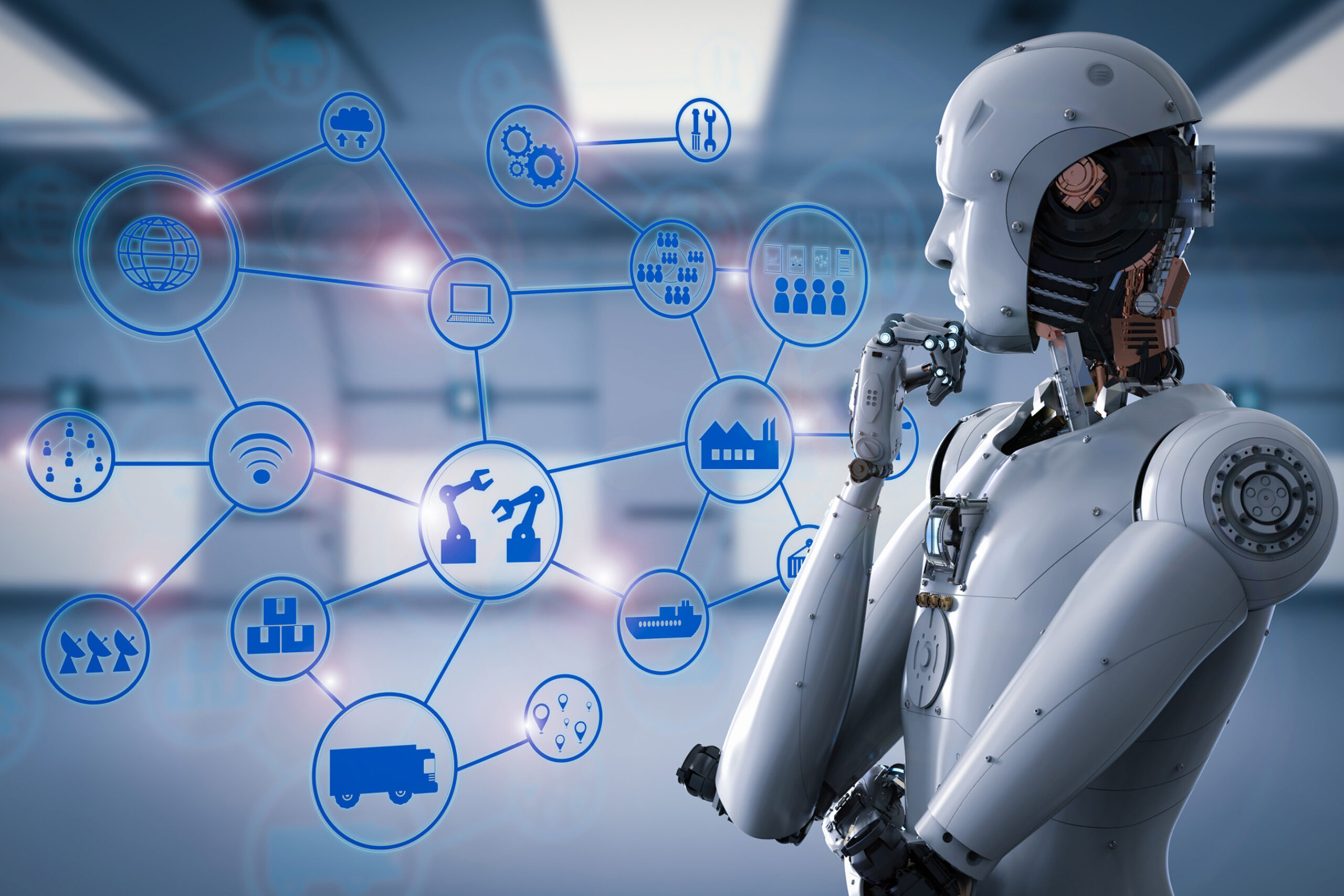Detector De Ia: What They Are and How They Work

Introduction:
In today’s digital landscape, the rise of artificial intelligence (AI) has sparked debates about authenticity, originality, and ethics. One area where this is particularly evident is in the emergence of AI detectors, commonly referred to as Best Detector de IA in Spanish. This article will explore what AI detectors are, how they work, their significance, and the challenges they face in an ever-evolving technological environment.
What Is an AI Detector?
A detector de ia is a tool or software application designed to analyze content and determine whether it was created by a human or generated by an AI model. These detectors utilize various techniques and algorithms to identify patterns typical of machine-generated content. As AI becomes more sophisticated, the ability to distinguish between human and AI-generated works becomes increasingly critical.
How Do AI Detectors Work?
AI detectors rely on a combination of natural language processing (NLP), machine learning, and statistical analysis. Here’s a breakdown of the process:
Data Training: AI detectors are trained on vast datasets that include examples of both human-written and AI-generated content. This training allows the model to recognize the subtle differences in style, structure, and language use.
Feature Extraction: The detector analyzes the content to extract various features, such as word choice, sentence length, and syntactic patterns. AI-generated text often exhibits specific characteristics that can be statistically differentiated from human writing.
Output: The detector provides an output indicating whether the content is likely AI-generated, human-written, or a mix of both. This can be presented as a percentage confidence level or a simple classification label.
Significance of AI Detectors
Many Siginificance Include:
- Academic Integrity: Educational institutions are increasingly concerned about students using AI to complete assignments. AI detectors can help uphold academic integrity by identifying plagiarized or AI-generated work.
- Content Authenticity: In an era where misinformation is rampant, businesses and media outlets must ensure the authenticity of their content. AI detectors can help organizations verify that their content is original and not AI-generated.
- Copyright Protection: As AI becomes capable of generating creative works, the need for detecting such works is vital for protecting intellectual property rights. AI detectors can aid in identifying works that might infringe on copyrights.
- Trust and Transparency: In sectors like journalism and content creation, the use of AI raises ethical concerns.
Challenges Faced by Detector De Ia
Despite their significance, AI detectors are not without challenges:
- Evolving AI Models: Advanced models, like GPT-3 and beyond, create text that closely mimics human writing, making detection increasingly difficult.
- False Positives and Negatives: No detector is perfect. False positives (human content misidentified as AI) and false negatives (AI content identified as human) can undermine trust in the technology.
- Ethical Concerns: The use of detecteur ia raises ethical questions about privacy and surveillance. There is a fine line between ensuring authenticity and infringing on individual freedoms.
- Limited Scope: Many detectors focus on specific content types, such as text, leaving other forms, like images or videos, less analyzed. Comprehensive detection across multiple media is still an area in development.
Conclusion
Detector de ia is becoming an essential tool in navigating the complex landscape of AI-generated content. As AI continues to advance, the need for reliable detection methods will only grow. While challenges remain, the significance of AI detectors in promoting authenticity, protecting intellectual property, and upholding ethical standards is undeniable. As we move forward, the ongoing development of these tools will play a crucial role in shaping the future of content creation and consumption.
By understanding and implementing AI detectors, individuals and organizations can navigate the digital world more responsibly and transparently.
Related Article: Click Here